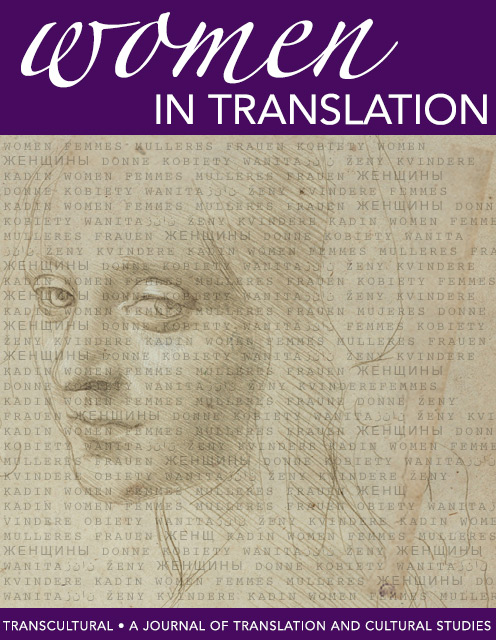The Slovak Stories of Timrava and their English Translation
DOI:
https://doi.org/10.21992/T9KG9SKeywords:
Translation, Language, SlovakAbstract
Božena Slančíková Timrava (1867-1951) is an eminent Slovak writer. Her highly regarded realistic novels dealt with the rise of the modern Slovak nation. The intricate historical circumstances of the early 20th century, and the eventual emergence of the Slovak nation within complex European culture, made Timrava’s effort even more important. Due to the multicultural nature of the Austro-Hungarian Empire, Timrava’s work is also meaningful in our trans-national and trans-cultural Global village. Timrava and other Slovak literary women were virtually unknown outside Slovakia until the extensive work done by Professor Norma L. Rudinsky (1928-2012), whose translation of six “Slovak stories by Timrava” was published in1992. However to truly understand and appreciate the importance of Timrava’s work, the English-speaking reader needed cultural and historical context. Rudinsky’s life-long effort culminated in the publication of “Incipient Feminists: Women Writers in theSlovak National Revival,” which was meant as a preamble to the works of Timrava for the English-speaking world. This paper introduces the life and work of Timrava within the intricate historical context of Slovak nation-building. It further outlines the importance of Rudinsky’s work and describes some interesting aspects of her translation. Attempting to present a practical cultural and historical approach to translation, the paper stresses the significance of so called ‘cultural grids’ and identifies the key elements, the ‘historical grids’, as well as author’s and translator’s biography, all within the wider context of the translator’s historical and sociological ‘matrix’ which ultimately determines the success of any translation of realistic historical literature.Downloads
Published
Issue
Section
License
Authors who publish with this journal agree to the following terms: a.Authors retain copyright and grant the journal right of first publication with the work simultaneously licensed under a Creative Commons Attribution License that allows others to share the work with an acknowledgement of the work's authorship and initial publication in this journal. b.Authors are able to enter into separate, additional contractual arrangements for the non-exclusive distribution of the journal's published version of the work (e.g., post it to an institutional repository or publish it in a book), with an acknowledgement of its initial publication in this journal. c.Authors are permitted and encouraged to post their work online (e.g., in institutional repositories or on their website) prior to and during the submission process, as it can lead to productive exchanges, as well as earlier and greater citation of published work (See The Effect of Open Access).



